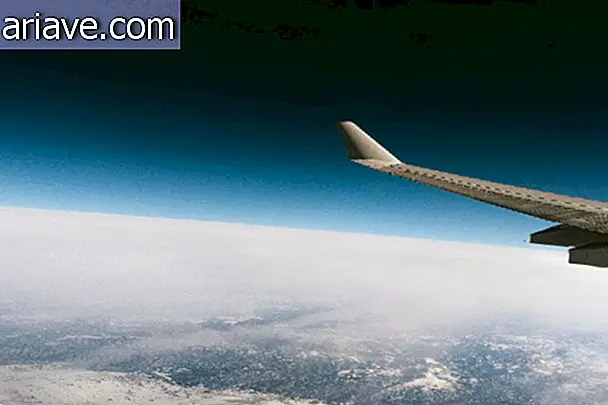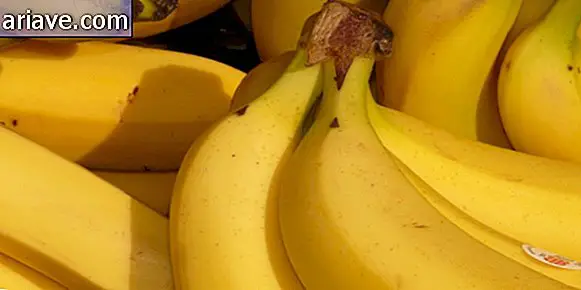Divers find giant sack of squid eggs in Norway
Deep sea expeditions can reveal even greater secrets than those sought by divers. It is not uncommon for the ocean to reveal some phenomena never seen before and that is exactly what happened recently during a dive in Norwegian waters near Ørstafjorden when they found a giant bag of squid eggs.
According to the Daily Mail, the expedition was intended to visit a WWII wreck, but the mysterious giant translucent “bubble” caught the eye just 10 meters above the ocean floor.
The meeting, which caused a lot of awkwardness at first, was recorded and publicized on social networks. Although it looks like an “alien” object, it is “just” a giant sack of squid eggs. Divers Ronald Raasch and Nils Baadnes are seen in the video inspecting the huge bubble in the murky water. As they pointed their lanterns at the object, they could see thousands of small larva-like creatures. That is, the sack had possibly thousands of small squids.

Finding squid egg sac is almost a rarity
The full video was published in the official account on the oceanic vessel REV, which clarified that it is "a mass of eggs". These squid egg masses are not usually seen because the sacks fill with water and sink to the bottom of the hard-to-reach ocean floor. Nevertheless, this is not the first time marine researchers have come across a squid “hatcher”.
In 2015, squid expert Danna Staaf also found a squid egg mass in the Gulf of California. At the time, the researcher noted that the pasta functioned as a protective shield for squid embryos, keeping them safe from predators and parasites. "We know that Mummy Squid has these special glands in the body that make jelly and she mixes that jelly with eggs somehow, " Staaf explained in a video published by National Geographic.

She said that it is not known exactly which chemicals make up the bubble, but they do produce some reaction that gives them the ability to absorb water and expand.
For researchers, the bubble's expansion and elastic nature is possibly to help maintain enough space between each embryo and yet so that each egg can have enough oxygen to develop its squid.
Now, as regards the recent meeting, the question that remains is: what kind of squid was being “farmed”? Among the species known to live in Norwegian waters are the artichoke squid and the flying squid, but it is not yet known which squids were being prepared.











